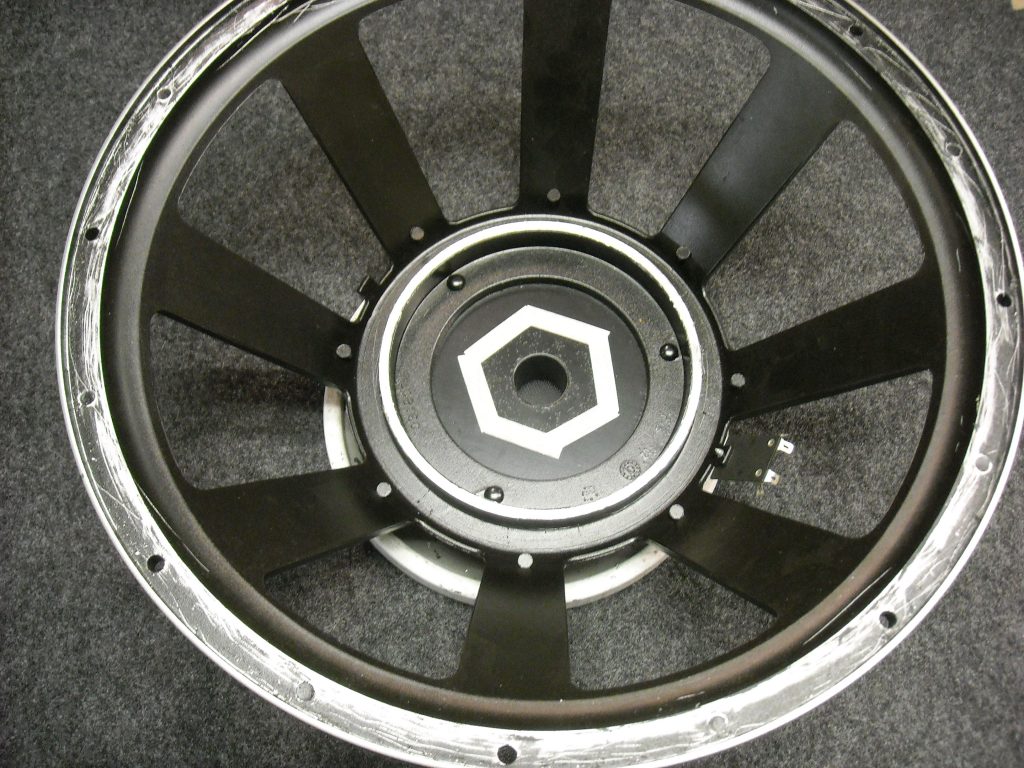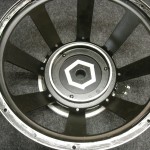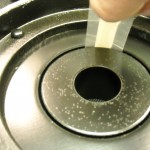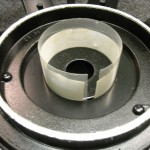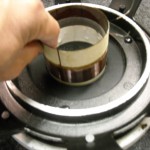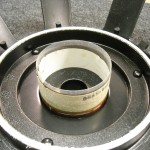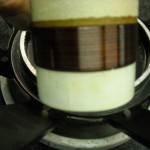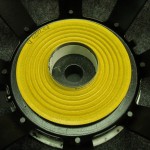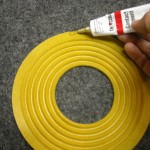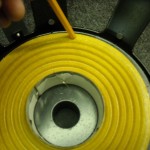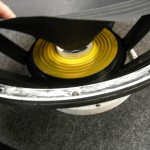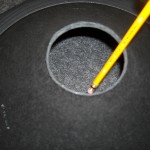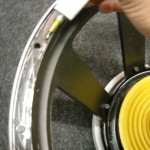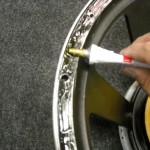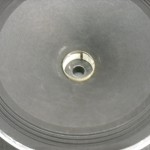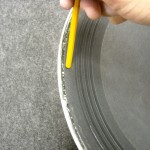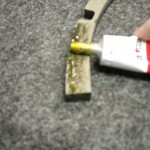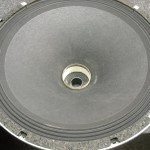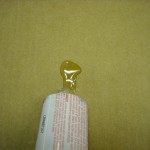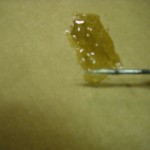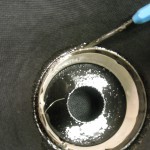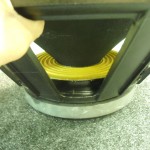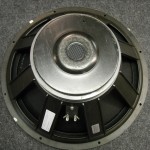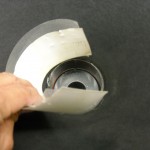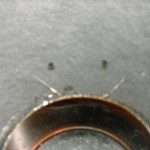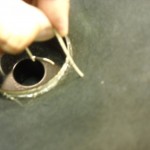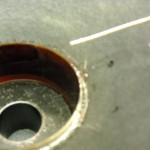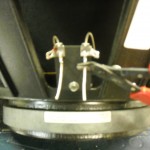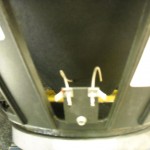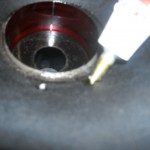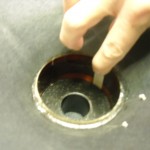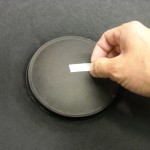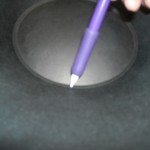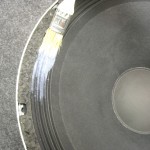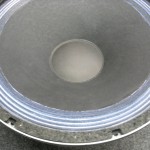Blog, How TO DO It
How To DIY Recone with Unassembled Parts
Recone Instructions – Unassembled Recone Kits
PDF – print these instructions
Watch Video Step-by-Step Instructions: How to Recone & How to Close the Speaker
Note: It is important to read the complete instructions before starting repair!
These instructions are generic to most brands. Skip the appropriate steps if your recone kit comes with the voice coil already attached to spider or if the voice coil/spider/cone are one assembly. As with all repairs, modifications may be required for specific driver models and brands.
Remove speaker parts:
To clean the speaker, use a utility knife and cut the cone and spider (slicing through the pigtails- also known as lead wire or braided wire) near the speaker frame. Remove recone kit assembly. Immediately cover voice coil gap with masking tape. Use utility knife to scrape remaining spider until frame is clean . Remove gaskets. Use knife to break glue bond and peel off. They can be reused if new matching gaskets are not available. Clean remaining glue, surround, and gasket debris from frame. De-solder pigtail leads and clean terminal.
Install Voice-Coil Assembly:
Use compressed air (if available) to clean all debris from inside speaker frame and magnet. Add another layer of masking tape over the first layer to trap any remaining debris. Remove both layers of masking tape from voice coil gap at one time. Inspect the voice-coil gap. Clean vc gap thoroughly! (compressed air can also be used if available.) Fold masking tape over shim over 1/4″ card stock so sticky side is exposed on both sides. Insert into gap and circle. Repeat with new tape and repeat until tape comes up clean. If the original vc coil was burnt or unwound, check for windings in gap and be sure to remove all.
Fit all parts together in speaker frame and check before using any adhesives!
Install shims into the voice coil into gap. Shims should have no more than 1/4″ gap missing from full circle. Install voice coil over shims into the gap. Use different combinations of shims until you get a tight fit where the coil fits snugly. You must be able to insert a thin shim into the gap around the outside of the windings to insure there will not be any vc rubbing. Inspect to see that vc is set levelly. You should be able to see an even amount of the windings from all sides. Height of coil is determined by travel of the cone and length of former and windings. Inspect original parts for a guideline. A general rule of thumb is to set the coil so that the distance from the bottom of the shims matches the length of windings. Holding both the shim and vc together, gently hold in position and pull both out of gap to compare distance to bottom of magnet. Ideally, the top two windings of the vc windings should be visible above the top plate of the magnet. This is not true for all speakers. If large travel cone, then set voice coil higher. Remember that if you set it too low, the coil will “bottom out”. If you set it too high, the coil will cause over excursion and can get damaged or bent. Remember to install so voice coil leads align with terminal on frame. Gently place the leads over top of shim so they will not be in the way of spider and cone.
Fit spider over voice coil and lower to frame. Turn gently to insure spider is sitting evenly. If flat spider, remove and apply a neat bead of contact glue on frame where spider will attach. Attach spider and gently turn to insure level setting. Press ends to frame in full circle to insure glue attaches to outside of the spider fully. If cup spider, attach spider and gently turn to insure level setting. Apply glue to where spider lip rests on the speaker frame.
Dry fit cone over voice coil. If opening is slightly too small, use the back of your thumb nail to gently open. If it is much too small, then outline the voice coil on the cone throat and cut with a straight edge razor blade and then smooth with thumb nail. (See here for help). See if cone throat opening reaches spider. If the cone does not reach the spider, epoxy voice coil to spider and then install cone as detailed next. If cone reaches mouth of spider at voice coil, then remove cone, add glue to the outside frame and install cone. Line up with voice coil leads and terminal. Smooth cone edge into glue. Install gaskets. Use a small piece of masking tape to hold gaskets in place. Use epoxy to attach cone to coil making sure that epoxy reaches spider completely. You might need to slightly lift and lower cone so epoxy forms bead around ID of spider. Smooth epoxy where it meets vc with solder poker or other thin tool or toothpick.
Turn speaker upside down carefully so that gaskets do not move. This will stop epoxy from drip into the vc gap. Let rest overnight. If the foam or rubber edge is taller than the gaskets, you must use a spacer so the surround is not crushed when the speaker is turned upside down.
The next day, gently move voice coil leads so you shim can be removed. Make holes in cone for pigtails if no eyelet exists. Install pigtails through cone if not already in place. Wrap vc leads around pigtails and solder. Solder pigtails to terminal on frame leaving “arches” that allow cone to have full range of excursion (be careful not to make arch too long or too short). Make sure leads face away from one another so they cannot short out. Clip excess lead wire from outside of terminal.
Hold speaker facing down (so debris cannot fall into vc gap) and test speaker. If noisy, try to clean inside the voice coil gap by gently inserting masking tape inside the vc former with sticky side out. Circle and remove any excess debris. Glue voice coil lead to cone eyelet. Install glue on dustcap and attach. Apply edge dampening agent if needed. Let dry.


